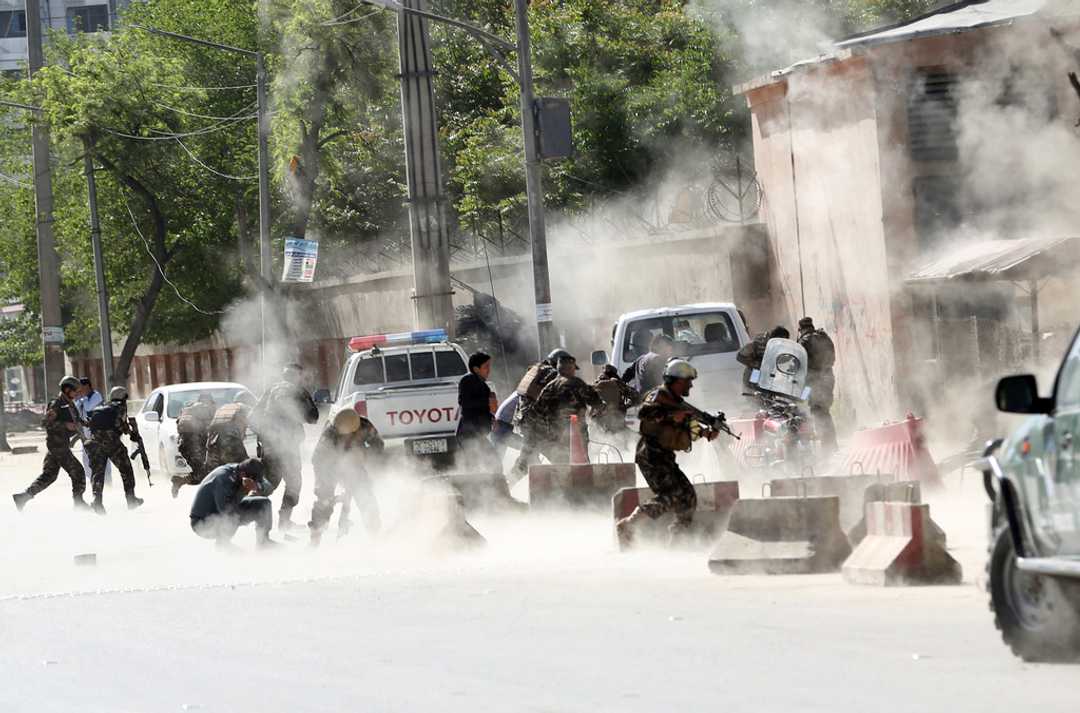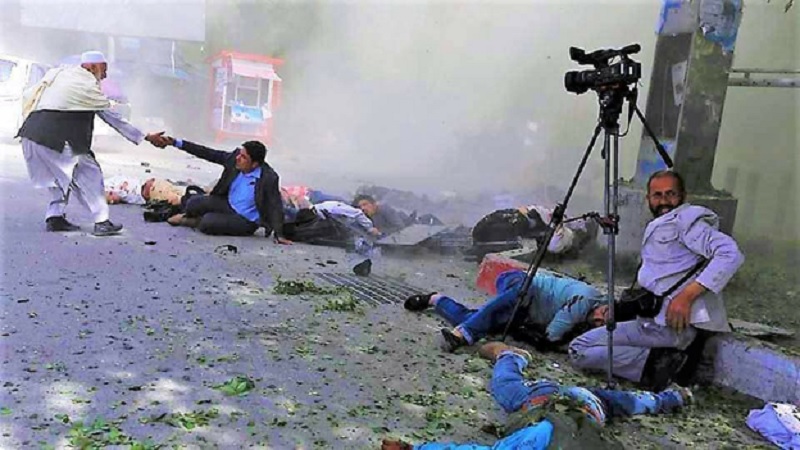Selon l’association NAI – Supporting Open Media in Afghanistan, en 2019, 10 journalistes et professionnels des médias ont été tués et 21 blessés. Il y …

L'œil de la Maison des journalistes
Liberté d'informer & Accès à l'information

Selon l’association NAI – Supporting Open Media in Afghanistan, en 2019, 10 journalistes et professionnels des médias ont été tués et 21 blessés. Il y …

According to NAI – Supporting Open Media in Afghanistan, 10 journalists and media workers killed and 21 injured in 2019. 115 violence cases recorded by NAI against …

En Afghanistan, 9 journalistes sont morts en 2019 Actualisation de l’article daté du 1er aout 2019 En juillet 2019, 37 cas de violence contre les journalistes …

Within the first six months of 2019, Afghanistan has lost six of its journalists in separate incidents, the first death of a journalist was recorded …

In the first two months of 2019, the Afghan Media Community lost three of its members in two successive incidents. Javid Noori, a radio journalist, …

[Attaque] L’Afghanistan ? Un cimetière pour journalistes. Détenant le record du nombre de journaliste tué en 2018, l’Afghanistan reste dans un rythme élevé avec déjà deux décès en 2019. Il s’agit d’une attaque le 5 février où les journalistes Rahmani Rahimullah et Arya Shafiq de la radio Hamseda ont été tués.

[ANALYSE] Durant les deux premiers mois de 2019, la Communauté des Médias Afghans a perdu trois de ses membres au cours de deux incidents successifs. Javid Noori, journaliste de radio, a été exécuté par des talibans le 5 janvier 2019 dans la province occidentale de Farah. La seconde attaque a visé les locaux d’une station de radio du nord est du pays et causé la mort de deux journalistes, Shafiq Aria et Rahimullah Rahmani. Sur les pas de 2018, l’année 2019 en Afghanistan s’annonce d’ores et déjà comme l’une des plus meutrières pour les journalistes en exercice.